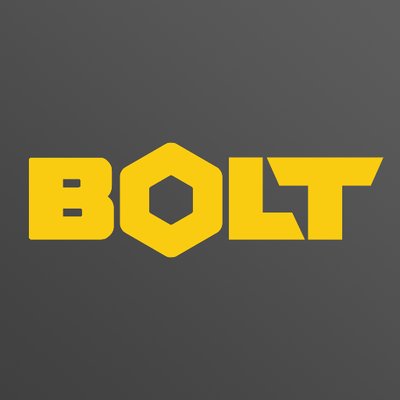
Time and time again people present the disadvantages of building hardware products and businesses. There are many, so I don’t blame them. Atoms are inherently more expensive to move around the globe than bits.
Prototyping cost, manufacturing cost, slower iteration time, inventory risk, forward/reverse logistics, and scrap rates all drive this.
Luckily for us hardware folks, there are a two giant advantages that people rarely promote.
Customer Acquisition Cost: SaaS’ dirty little secret
Yes, I know, SasS is the bee’s knees when it comes to business models. Many well-known software/web startups are able to build massive user-bases and collect large piles of investor cash but then struggle to convert to a self-sustaining business. The most common reason for this is a mismatch between CAC (customer acquisition cost) and LTV (lifetime value of a customer). If it costs $300 to get a new customer that’s paying $10/mo for a SaaS app, it takes 2.5 years to recoup the cash the company spent to onboard that customer. When these dynamics are scaled with churn factored in, the financial saliency of SaaS operating businesses gets far more complex than most investors would have you believe. The solution to this problem is the intersection of a high LTV and low CAC.
Hardware Advantage #1: People like buying atoms more than bits
Humans have been exchanging money for goods since the advent of fiat currency. But the idea of paying for software is pretty new. Every time I spend $10 on a monthly SaaS subscription, I question if it’s worth it. But I liberally spend a few hundred dollars a month on Amazon for all kinds of random stuff. It’s not just my personal addiction to Prime: the average American spends more than 10x on hard goods each year as they do software/digital products.
Like so many things, it all boils down to basic evolutionary psychology: we’re comfortable paying for things.
When we zoom in a bit, there are a few patterns that drive this. The way we shop at retail stores is different from the way we shop for software. Home Depot and Best Buy can move massive volumes of product without much promotion. That doesn’t happen in most SaaS businesses (although it does for App Store products with some caveats). Additionally, the option of returning a product to a store de-risks the decision to buy it even though less than 2% of products are ever returned. When was the last time you returned a piece of software?
A typical consumer SaaS company spends a few hundred dollars per customer to onboard them. Enterprise SaaS businesses can spend thousands of dollars. Payback times range from a few months to several years. To compare this, let’s look at a $150 consumer hardware product (this is taken from a product currently on shelves that I designed a few years ago):
- Bill of materials: $32/unit
- Assembly + QC + pack + FOB + logistics: $8/unit
- Retail margin: ~$50/unit
- Cost of retail (advertising + insurance + repack): $4/unit
- Customer acquisition cost: $94/unit, Gross Margin: 37%
Each production run of this product takes about 6 months from contract manufacturer purchase order to receiving a check from retailer. These numbers are far better than most SaaS businesses I know.
Advantage #2: On-boarding is cheap, recurring revenue is valuable
Okay, so we can sell a product and make money on that sale in 6 months, but what about Lifetime Value? If the point-of-sale purchase of the hardware is the last dollar you see from the customer, you’re probably stuck with an abysmally low operating margin. This is where connected devices (will) shine.
Driving additional revenue from an existing customer is far easier than acquiring a new one. Traditional hardware companies use diversified product lines and the much-hated EOL (end of life) to do this. Connected hardware turns this model on it’s head and opens up a ton of new possibilities for recurring revenue: feature upgrades, premium service, promotions, automated supply replenishment, data monetization and a hundred other avenues.
It’s still early in the connected device ecosystem so relatively few companies have done this successfully, but that will change soon. This ecosystem’s sweet spot will be the ease of customer acquisition through a standard hardware sale and then coaxing consumers to purchase additional high-margin products/services without investing in a typical SaaS CAC investment.
When investors challenge the validity of investing in hardware, arm yourselves with these arguments. Yes, there are real costs associated with building a hardware business, but there are big advantages too.
Ben Einstein was one of the founders of Bolt. You can find him on LinkedIn.
Bolt invests at the intersection of the digital and physical world.
